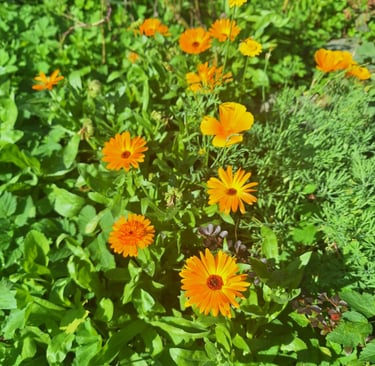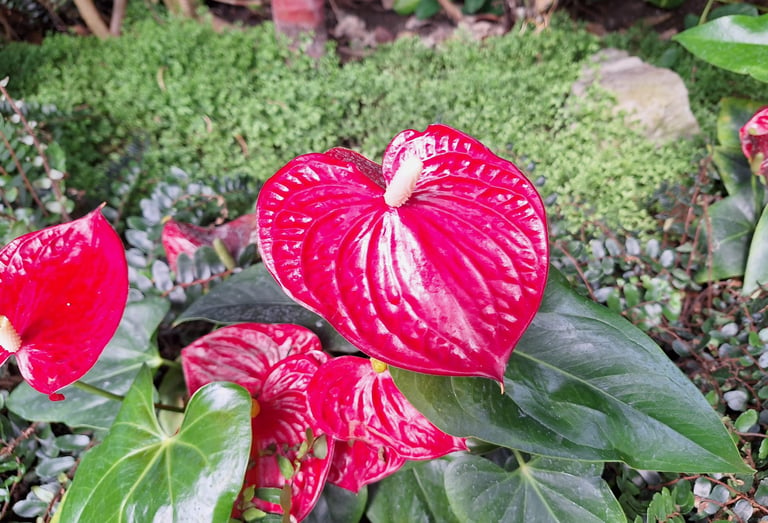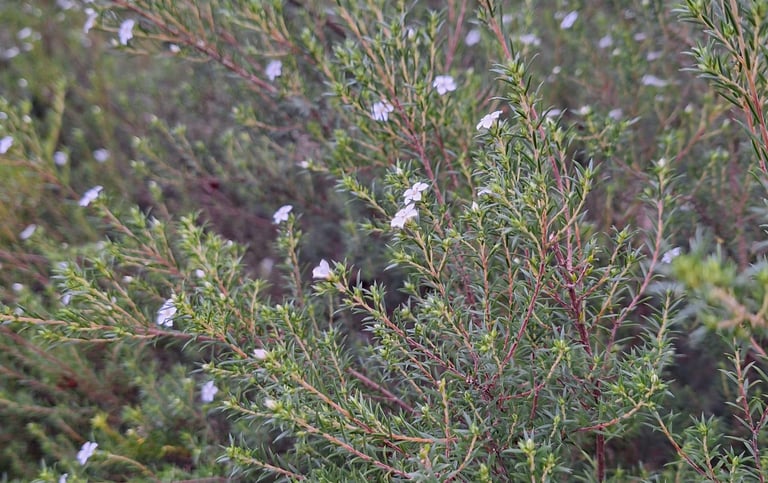How to Plant Annual Plants Like an Expert
To plant annuals effectively, first, choose a sunny location with well-draining soil, incorporate organic matter, plant after the last frost, and water your annual plants regularly. You can also apply mulch and fertilize regularly because in our case it has led to better and healthier growth throughout the growing season.








Choosing the Right Spot for Planting Your Annual Plants
Sunlight is Key: After you planted annual seeds and are ready to plant the plant or seedling, you need to know that most annuals love the sun, requiring at least six hours of direct light daily.
Consider the Soil: Annuals perform best in well-draining soil. Avoid areas where water tends to collect for extended periods.
How to Plant Your Annuals Step-by-Step
Check Frost Dates: To protect your annuals from frost, wait until after the last frost date in your area or to avoid cold damage to your annuals.
Prepare the Hole: After you know what the perfect date to plant is, dig a hole for each plant, making it slightly larger than the plant's root ball, similar to planting perennials.
Remove from Container: Carefully take the plant out of its container, but when doing this we experienced that you have to be very careful with the roots of your plants.
Loosen the Roots: Lightly tease the roots apart if they are tightly bound, to encourage them to grow outward into the soil.
Position the Plant: Place the plant in the center of the hole, ensuring it sits at the same depth it was in the container. We experienced that it is also important to companion plant it with the right neighbors.
Backfill the Hole: Fill in around the plant with soil, gently pressing down to eliminate air pockets and secure the plant.
Water Thoroughly: After planting, water each annual deeply to settle the soil around the roots and provide essential moisture.


Essential Aftercare for Lush Growth
Regular Watering: Keep the soil consistently moist, especially during hot, dry periods. Morning watering is best to reduce evaporation and disease risk.
Mulching Magic: Spread and use a mulch around your plants with a decent layer of 2-3cm to retain moisture, suppress weeds sustainably, and keep the roots cool.
Feeding Your Flowers: Use a balanced, slow-release fertilizer to fertilize the plants at the correct planting time, followed by regular feedings as recommended. Liquid fertilizers are great for giving plants a boost during the peak growing season.
Keeping Your Annuals Looking Their Best
Deadheading and Pruning: Remove spent flowers to encourage more blooms. Trim any leggy growth to keep plants bushy and full.
Pest and Disease Vigilance: Keep an eye out for any signs of trouble and address issues promptly to prevent spread.
Protection against animals: To protect your annuals against animals like deer or rabbits our experts concluded that is best to use containers, fences, animal deterrents, or planting deer-resistant and rabbit-resistant annuals.
Pro Tip: These two points apply to any plant, no matter whether deer-resistant annuals or annual plants for shade.











Sources
Nature and Sustainability uses only high-quality sources, including peer-reviewed studies to support the facts we describe in our articles. Please read our editorial policy to learn more about how we keep our content accurate, reliable, and trustworthy.
How to care for annuals after planting: How to Grow Annual Plants: 7 Tips for Caring for Annuals - 2024 - MasterClass
Preparing the hole for planting: best procedures for preparing planting holes – Elisabeth C. Miller Library (washington.edu)
Loosening the roots and transplanting annuals: Transplanting Annuals into the Garden (psu.edu)
Watering new plants general information: Watering newly planted trees and shrubs | UMN Extension
Share this article:




Article By:
Calin is a gardening pro who a bunch of experience with gardening and plants. He is the owner of this website and responsible for most of the content.


